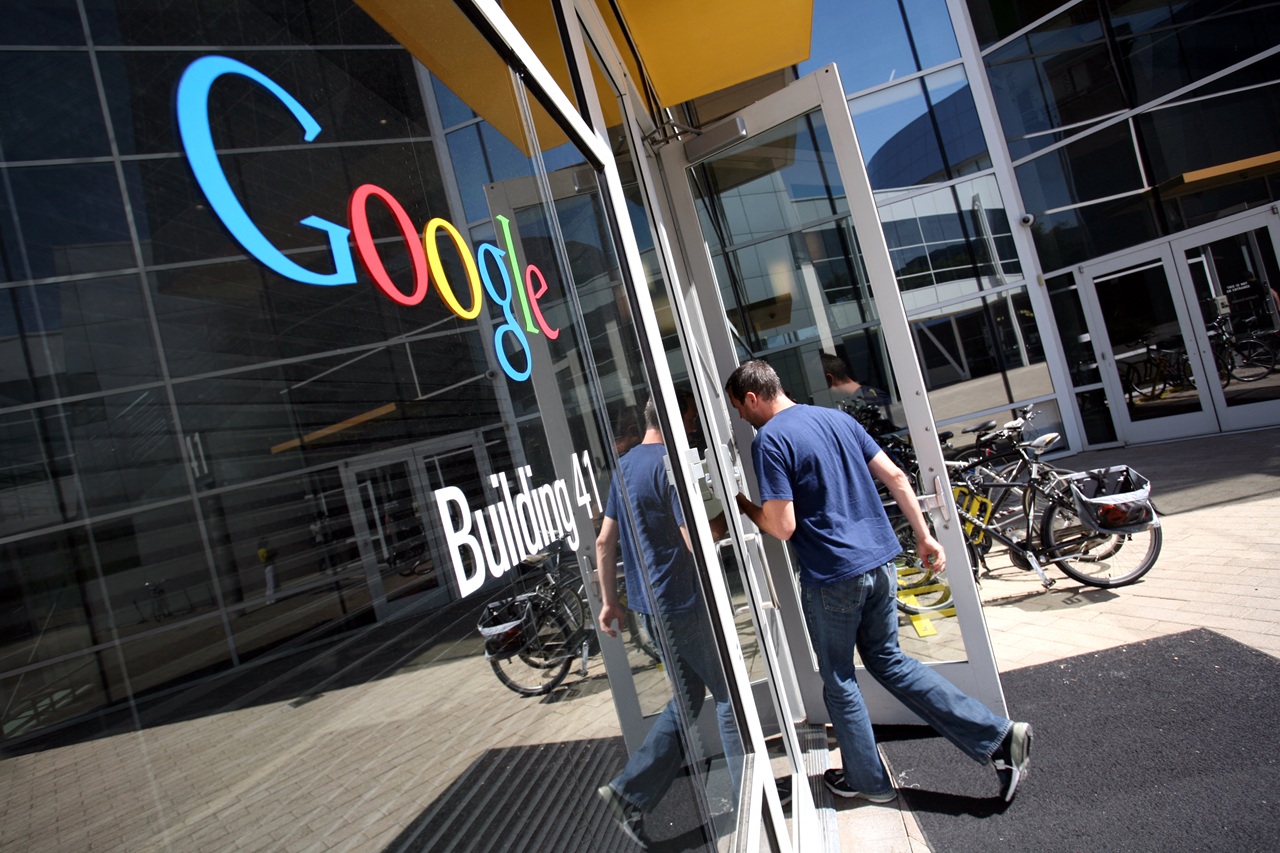
Bank of America, a new case of digital outage
Something is happening in digital contexts that is putting millions of people in trouble: digital outages are causing disruptions in the daily operations of very important companies and this is affecting millions of people around the planet.
The most recent case was Bank of America: millions of users had problems accessing transactional channels, especially the bank's website and app.
As reported by CNN, users either did not have access or to their surprise logged in and had no balance in their accounts, which generated concern.
The thing is that this is not the first case. And everything seems to indicate that computer outages without hacks or security breaches are becoming more and more common. In other words, repeated system failures are occurring.
One of the first recent cases was Microsoft, which had problems in many of its software products due to a wrong procedure in an update with one of its suppliers, Crowdstrike.
We later learned that Bancolombia also faced problems in the operation of its systems, causing millions of users to experience problems consulting their balances and making transactions.
This week we have learned of additional cases at Play Station, Verizaon, AT&T, T-Mobile and Spotify: the platforms lasted off the air for some time affecting entertainment and mobile communications services.
CONTENIDO RELACIONADO
Digitalization has been a breakthrough that is helping humanity in many ways. However, it often shows its vulnerabilities that become a source of concern for experts, companies and, mainly, users.
Las autoridades deben dar una mirada a esta clase de situaciones, para que se adopten las medidas necesarias para aumentar la confiabilidad de estos sistemas.
In the current contexts, this type of vulnerabilities can open spaces for unscrupulous people to do damage by infiltrating or hacking systems.
Netscout Systems today unveiled its DDoS (massive bot attacks) Threat Intelligence Report. The document reports results for the first half of 2024.
According to the statement, there was a 43% increase in the number of application layer attacks and a 30% increase in volumetric attacks, especially in Europe and the Middle East.
“Attack duration varied with 70% lasting less than 15 minutes. The escalation of attacks involves a range of threat actors, including hacktivists targeting critical infrastructure in the banking and financial services, government, and utilities sectors. These attacks pose significant threats by disrupting vital civilian services in countries that oppose hacktivists’ ideologies. Key industries, already facing frequent and intense multi-vector attacks, experienced a 55% increase over the past four years,” the press release reveals.










DEJE UN COMENTARIO: